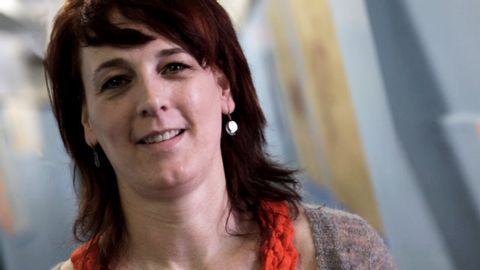
Subtitles & vocabulary
Katie Salen on the Power of Game-Based Learning (Big Thinkers Series)
00
Hhart Budha posted on 2014/06/15Save
Video vocabulary
to
US /tu,tə/
・
UK /tə/
- Adverb
- Toward a point, person, place or thing
- Into a state of consciousness or awareness
- Preposition
- Showing that one thing is attached to another
- (Indicates a comparison between two people/things)
A1
More go
US /ɡo/
・
UK /ɡəʊ/
- Verb (Transitive/Intransitive)
- To attend or be at a place
- To do an activity
- Countable Noun
- A turn in a game
A1
More want
US /wɑnt, wɔnt/
・
UK /wɔnt/
- Transitive Verb
- To desire or wish for something; hope for a thing
- Noun (Countable/Uncountable)
- Something you desire or wish for
- State or condition of poverty
A1
More world
US /wɜrld /
・
UK /wɜ:ld/
- Noun (Countable/Uncountable)
- All the humans, events, activities on the earth
- Political division due to some kind of similarity
A1
More Use Energy
Unlock All Vocabulary
Unlock pronunciation, explanations, and filters
